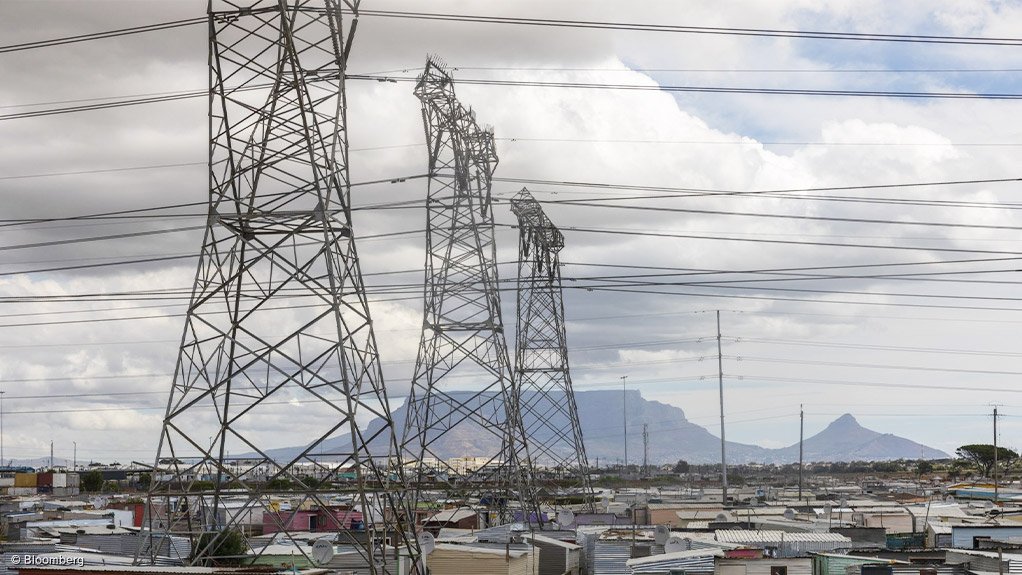Electricity and Energy Minister Dr Kgosientsho Ramokgopa reports that a review of South Africa’s electricity pricing policy will be launched with the aim of addressing a rising affordability “crisis”, which is undermining electricity access for a growing number of poor consumers.
The review would be undertaken in consultation with the South African Local Government Association, Eskom, the National Energy Regulator of South Africa (Nersa) and other stakeholders, and could have far-reaching implications for the way electricity tariffs are set and how low-income households are subsidised.
The Minister was speaking against the backdrop of protests in Johannesburg following the introduction of a R200 monthly surcharge on pre-paid customers to cover City Power’s network costs, as well as the implementation of load-reduction measures in areas where substations were at risk because of overloading caused by illegal connections.
Poor communities, Ramokgopa said during a briefing, were increasingly unable to afford steeply rising electricity tariffs, while the support being provided through the monthly 50 kWh free basic electricity (FBE) allowance was both inadequate and failing to reach most of the indigent households for which it was intended.
Of the ten-million households eligible for the subsidy, only two-million were currently receiving the benefits, even when money was being transferred to municipalities to cover their FBE costs.
The ‘tariff policy review’ would include six components, including:
- transparency of the unbundled tariffs for Eskom Distribution and the National Transmission Company South Africa;
- an assessment on how the electricity subsidy framework should evolve within a changing market structure;
- establishing a pricing framework for microgrids;
- a review of the FBE policy,
- an assessment of distributed generation within the context of electricity distribution industry reform; and
- a review of the tariff setting methodology.
Ramokgopa emphasised the central role of Nersa in finding a solution that would strike a balance between affordability, particularly for poor households, and a transition to cost-reflective tariffs for other participants.
No mention was made of the fact that Nersa’s most recent attempt at overhauling the prevailing multiyear price determination (MYPD) methodology for setting tariffs was abandoned on concerns over implementation.
In fact, the Energy Regulator recently rescinded its approval of the so-called Electricity Price Determination Methodology Rules after a reassessment of the practicality of implementing the rules, which were not accompanied by a clear formula for calculating tariffs.
Therefore, Eskom’s next tariff application will be made using the MYPD methodology for allowable revenue of R446-billion for 2025/26, which would translate into a hike of more than 36% if approved.
“The review of the Energy Pricing Policy is imperative for setting a clear pricing policy for the industry and for Nersa to implement,” Ramokgopa argued.
EMAIL THIS ARTICLE SAVE THIS ARTICLE ARTICLE ENQUIRY
To subscribe email subscriptions@creamermedia.co.za or click here
To advertise email advertising@creamermedia.co.za or click here











